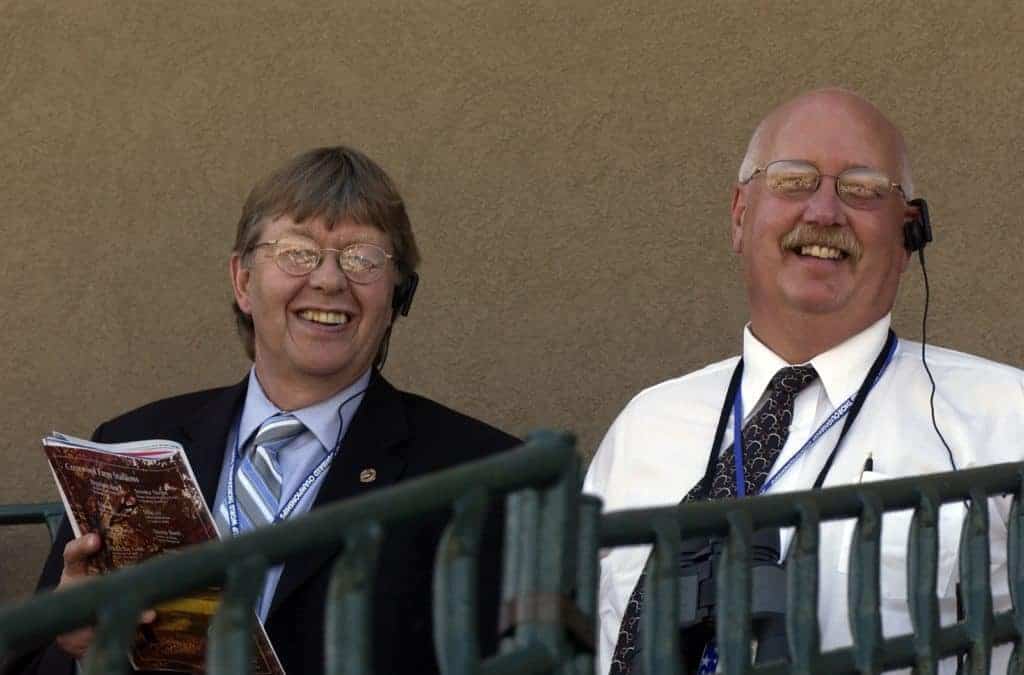
Vet Tech Week Celebrates Your Vet’s Partner in Health Care
The AVMA reminds everyone how important veterinary technicians are to the veterinary health care team.

The AVMA reminds everyone how important veterinary technicians are to the veterinary health care team.
The American Quarter Horse Foundation (AQHF) has announced their 2013-14 equine research grant recipients.

Researchers believe variables such as breed and geographic location might impact horses’ blood test results.

Every step on the way to taking better care of horses is a direct result of research.

The Kentucky Equine Survey results open the door for new health surveillance and disease mitigating measures.

The public is invited to attend the Grand Opening of the University of Tennessee’s new equine facilities.

Dr. Larry Bramlage, AAEP On Call Veterinarian, lists two examples of On Call communication in action–Filago (1991 Breeders’ Cup Turf) and Barbaro (2006 Preakness).
Vets who make farm calls to treat horses currently risk prosecution under the Controlled Substances Act.

As a licensed profession, veterinary medicine is subject to regulation at the state government level.
The seminar will cover topics including radiography of the head, ocular pain management, and more.
Two veterinarians, Mark Fitch, DVM, and Richard Tully, DVM, were named the 2012 recipients of the award.

One vet says an active veterinarian-client-patient relationship is needed to provide the best care for horses.
The AVMA is undertaking a number of efforts to commemorate the association’s 150th anniversary.

Many difficult decisions racetrack practitioners encounter are out of their control, one veterinarian says.
It is hoped that the $20.9 million project will be completed in February 2013.

One vet says the best way to ensure equine welfare is “through a synergism of law, morals, and ethics.”
Stay on top of the most recent Horse Health news with
"*" indicates required fields